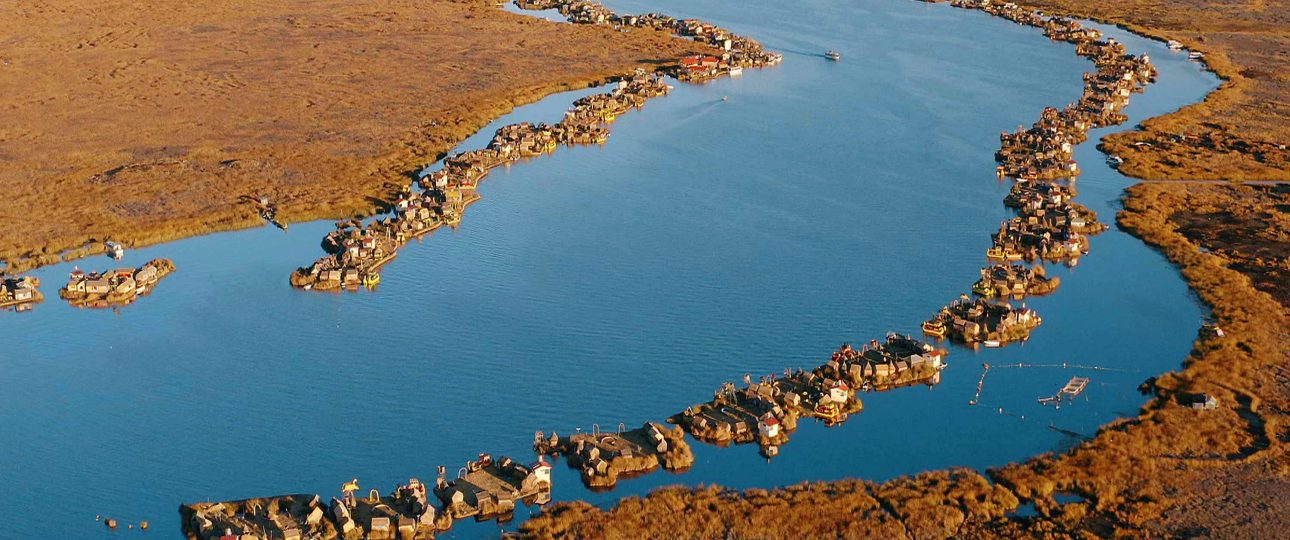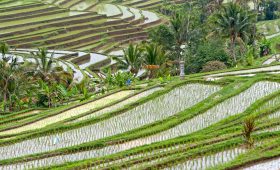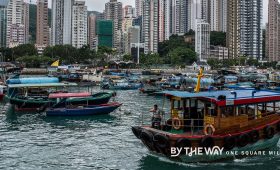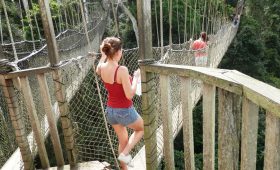Exploring Titicaca National Reserve
Peru’s Titicaca National Reserve offers a unique blend of natural beauty and cultural heritage. Situated in the southeastern part of the country, this reserve is a must-visit for those interested in biodiversity and ancient history. Managed under Peru’s National System of Natural Areas Protected by the State (SINANPE), the reserve is a testament to the country’s commitment to preserving its natural and cultural resources.
Why Visit Titicaca National Reserve?
Covering over 36,000 hectares, Titicaca National Reserve is one of Peru’s largest protected areas. It’s a haven for wildlife enthusiasts, home to endangered species like the giant otter, Andean flamingo, and the Titicaca water frog. The reserve’s diverse ecosystems and landscapes provide a rich experience for visitors.
Cultural Significance
Lake Titicaca, the world’s highest navigable lake, is central to the reserve. This lake is steeped in history, believed to be the cradle of the Inca civilization. The area is dotted with archaeological sites that offer insights into ancient cultures. Exploring these sites provides a deeper understanding of the region’s historical significance.
Scenic Landscapes
The landscapes within the reserve are varied and stunning. From the serene waters of Lake Titicaca to the unique Uros Floating Islands, there’s much to see. The Uros Islands, constructed entirely from reeds, are inhabited by the Uros people, who maintain a traditional lifestyle. Visiting these islands offers a glimpse into their unique way of life.
When to Visit
The ideal time to explore Titicaca National Reserve is during the dry season, from May to October. During these months, the weather is generally mild, with clear skies perfect for sightseeing. However, be prepared for chilly nights by packing warm clothing.
Getting There
Puno is the nearest major city to the reserve and serves as a convenient starting point. The city is accessible by bus and train from other parts of Peru. From Puno, boat tours are available to explore the reserve and its surroundings. Alternatively, guided tours from Cusco or Lima can be arranged, often including transportation.
Local Transportation
Within the reserve, boats are the primary means of transportation. They allow you to navigate Lake Titicaca and visit various islands. Hiring a local guide can enhance your experience, providing insights and arranging transportation as needed.
Key Facts
- Titicaca National Reserve spans over 36,000 hectares, making it one of Peru’s largest protected areas.
- The reserve is home to endangered species such as the giant otter, Andean flamingo, and Titicaca water frog.
- Lake Titicaca is the highest navigable lake in the world and central to the reserve’s cultural significance.
- The Uros Floating Islands offer a unique cultural experience, showcasing the traditional lifestyle of the Uros people.
- The best time to visit is during the dry season, from May to October.
- Puno is the nearest major city, with boat tours available to explore the reserve.
- Boats are the primary mode of transportation within the reserve.




